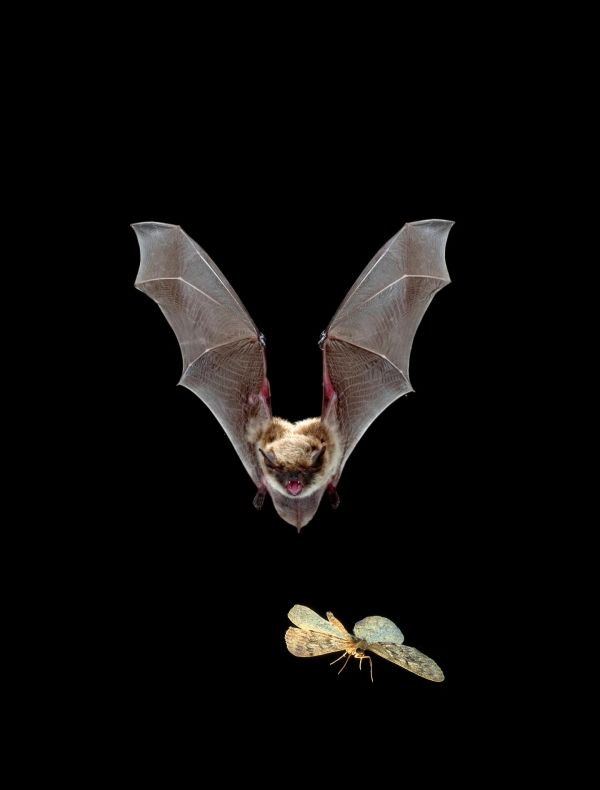Bats face many threats — from habitat loss and climate change to emerging diseases, such as white-nose syndrome. But it appears that wildfire is not among those threats, suggests a study from the University of California, Davis, published today in the journal Scientific Reports. It found that bats in the Sierra Nevada appear to be well-adapted to wildfire.
The researchers used acoustic surveys to test the effects of burn severity and variation in fire effects, or pyrodiversity, on 17 species of bats in the region. Individual species responded to wildfire differently, but overall species richness increased from about eight species in unburned forests to 11 species in forests that experienced moderate- to high-severity burns.
“Bats rely on forests for a number of resources,” said lead author Zack Steel, a postdoctoral researcher with UC Davis and UC Berkeley who conducted the study as a UC Davis doctoral candidate. “The key is recognizing that natural fire is useful to them because it creates a variety of habitat conditions. They are adapted to it. Many species seem to actually benefit from fire.”
Too dense
Many forest bats are adapted to dense spaces, while others are associated with open habitats. Researchers were surprised to find species from both groups preferred burned forests to unburned or minimally burned forests. Steel thinks this is because decades of fire suppression created uncharacteristically dense forests.
Read more at University of California - Davis
Image: A female Yuma myotis is in flight pursuing a moth. (Credit: Michael Durham/Minden Pictures, Bat Conservation International)


